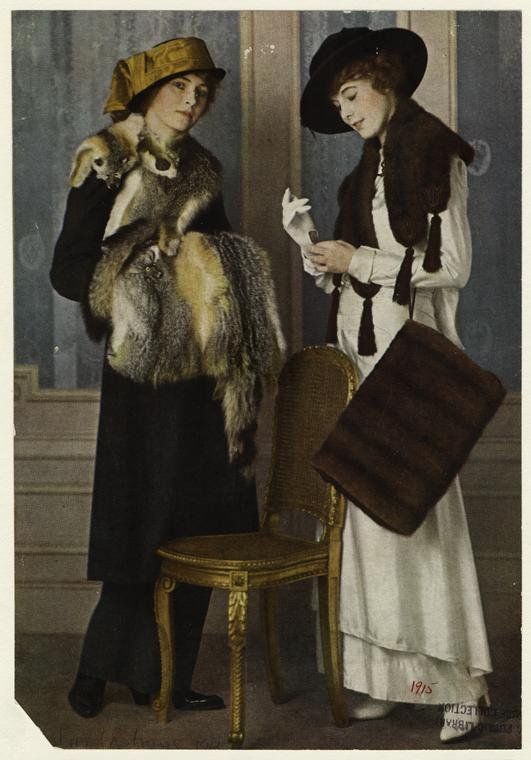
Couplings with… history
The clutch, which is the main equipment of the car, appeared along with internal combustion engines. However, they differed significantly from those currently installed, mainly due to the use of ... leather drive belts. Have clutches changed over the years? from single or multi-disc friction discs to modern central leaf springs.

Effective but expensive
A leather drive belt transmitted torque from the engine pulley to the drive wheels. The principle of operation of such a system was very simple: when the belt was pulled over the pulleys, the drive turned on. After it was loosened, it slid along the mentioned wheels and, thus, the drive was turned off. The operation of the leather drive belt was quite effective, but the main drawback was that the leather was easily stretched and quickly deteriorated. Therefore, such a drive had to be replaced quite often, which made it expensive to operate.
One-…
A much better solution than a leather drive belt was the use of a so-called friction clutch, which is a disk located at the end of the crankshaft. He interacted with a second disk permanently attached to the crankshaft. How was the drive transmitted? To engage it, the first disk, located at the end of the crankshaft, approached the second, permanently fixed to the crankshaft. As soon as the two disks touched, the second disk began to rotate, as it was driven by the first disk. Full power transfer occurred when both discs were spinning at the same speed. In turn, the drive was disabled by disconnecting both disks.
… Or multi-disk
The "transmitting" and "receiving" shields were further developed through the use of multi-plate clutches. The whole system consisted of a special drum-shaped body, which was attached to the flywheel. The essence of the operation consisted in specially cut longitudinal grooves in the drum body, to which the notches on the outer edge of the disks fit. The latter had the same diameter as the drum body. During the movement, the disks rotated not only with the mentioned drum, but also with the flywheel and crankshaft. The innovation of this solution was the possibility of longitudinal movement of the discs themselves. In addition, they were accompanied by the same number of coaxial shields. The latter were characterized by the fact that their notches were located not on the outer, but on the inner edges. The grooves enter the longitudinal grooves on the hub connected to the clutch shaft.
With added springs
However, multi-plate clutches, due to the complex principle of operation and the high cost of their assembly, have not become more widespread. They were replaced by dry single-plate clutches, but additionally equipped with a set of helical springs that create a clamping force. Helical springs were connected to each other by a set of special levers. The latter were loosely connected to the clutch shaft. Despite the improved operation of the clutch itself, the use of levers had a significant drawback. What was it about? The centrifugal force caused the springs to flex and compress the case in direct proportion to the increase in engine speed.
Central Rules
The above problem has been eliminated only through the use of the so-called clutch. central disc spring. First of all, the clamping system is simplified, since instead of the entire system of coil springs and associated levers, a single element of a centrally mounted spring is used. This design has some advantages. Among the most important, it is worth noting the small required working space and, above all, the constant pressure force. It's no surprise that center spring clutches are now used in most car models due to their versatility.
Added by: 7 years ago,
a photo: Bogdan Lestorzh
